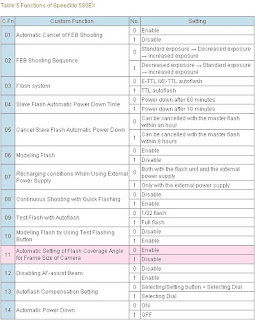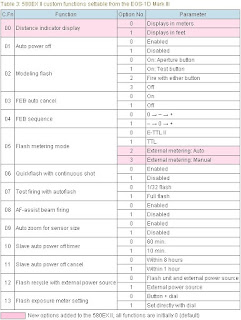 Just want to wish everyone a Good New 2010.
Just want to wish everyone a Good New 2010.I've received the 1D MarkIV and want to share with you something that I have never done in the past and never ever think of doing it.
Video unboxing..., this is a new concept for me as well as having video here on Lighting Mods. I'm pretty sure that video will become part of us photographers and one way or the other video would be came also a photographer standard for online portfolios and photo presentations.
We are assisting a lot of changes in the photography business and video is coming a part of it as Canon and Nikon, and also other brands, are making efforts to release their cameras with video and calling it the great thing.
Anyway, today I want to share with you the unboxing of a new 1D MarkIV that is becoming available through stores around the world. Since the "flop" of the 1D MarkIII many of us photojournalist were waiting for Canon to throw us a line and I think this is just the beginning...
I was hoping that Canon would introduce some kind of a return policy for the 1D MarkIII owners but I guess that was me asking too much of a Marketing company as Canon.
Well just take a look at the video below and hope you enjoy it.
I also made some two more videos with a side by side between the older model 1D MarkIII and the new 1D MarkIV so stay tune for them on the next post, soon.
Go easy on me on this one has this is my first one ;)
Enjoy and post your comments if you like.
I have the 1D MarkIII available for sale, in case anyone is interested in, please visit my flick page for some photos and mail me for more information. Will ship to any place in Europe free of charge.
Online Store Supplier: Achatzi.de
If you like this video also check the Side By Side article Side By Side: Canon 1D MarkIV Vs 1D MarkIII.
































